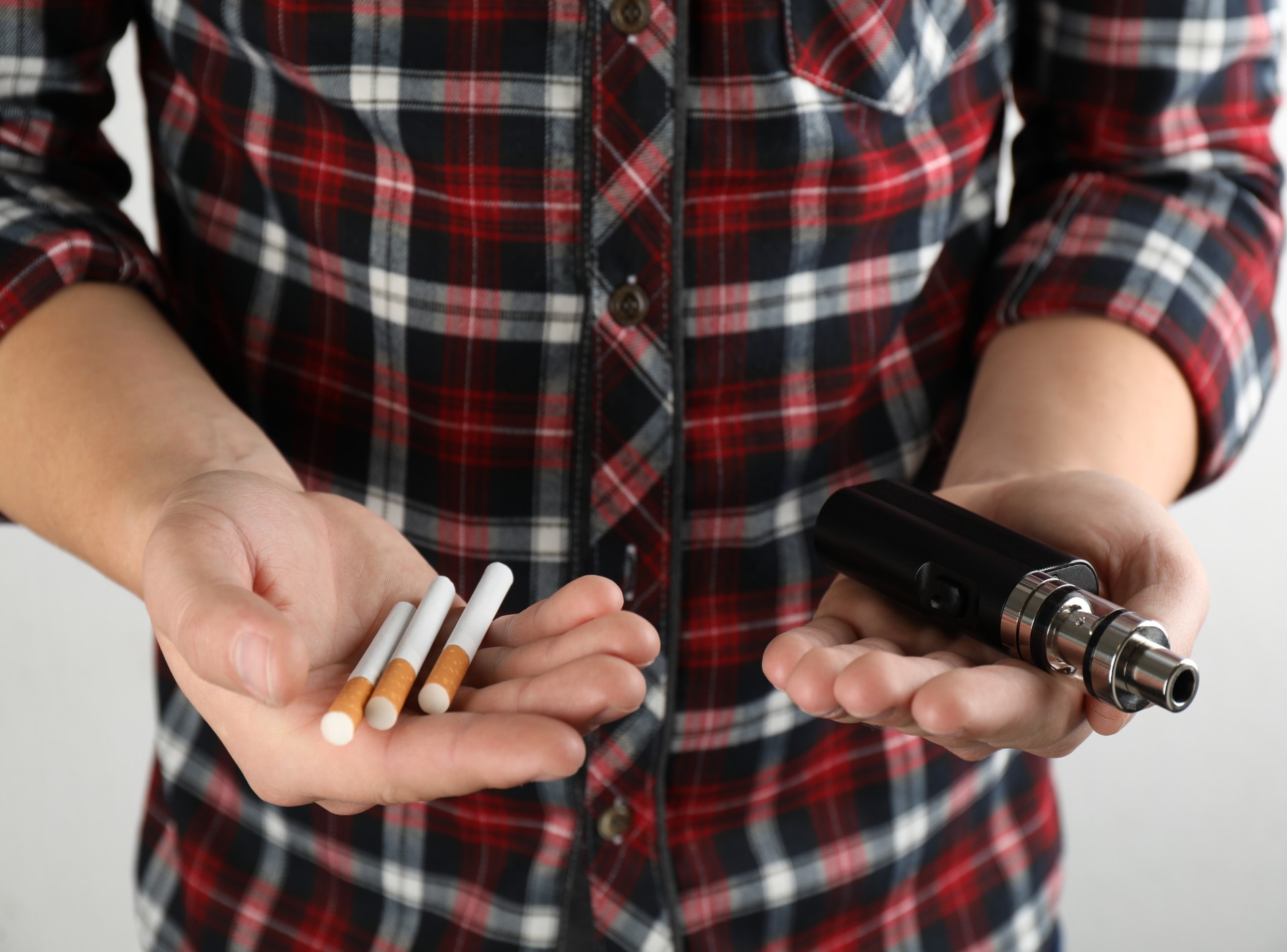
According to new research, second-hand indoor vapour from e-cigs resulted in 83.6% less nicotine absorption than in children exposed to indoor cigarette smoke over seven days.
But children exposed to vapour still absorbed five times as much nicotine as those who were not exposed to any smoke or vapour.
Children who had no exposure to either absorbed 96.7% less nicotine than kids exposed to cigarette smoke.
Lead author of the study, Dr Harry Tatten-Birch from the Department of Behavioural Science and Health at University College in London, said that switching from smoking to vaping indoors when kids were around would substantially reduce their exposure to nicotine.
“Nonetheless, vaping inside the home around children should be avoided given that, even though nicotine itself has a limited risk profile, the increased absorption of nicotine from second-hand vapor suggests that the children were also exposed to other potentially harmful excipients from e-cigarettes,” he said.
“Abstaining from both cigarettes and vapes is the most effective way of preventing children from being exposed to nicotine.”
Compared with the amount of nicotine they deliver to users, e-cigarettes also produce much lower levels of toxicants and carcinogens than do cigarettes, and for bystanders, the estimated exposure levels to nicotine were 80% to 90% lower.
“Exposure to other harmful toxicants and carcinogens will be lower, given that these are either absent from e-cigarette aerosol or present in much lower concentrations compared with tobacco smoke, exposure levels to nicotine from second-hand vapor compared with second-hand smoke is likely to underestimate the reduction in exposure to other harmful substances,” Dr Tatten-Birch said.
The analyses were restricted to children aged three to 11 years, using data from the US Continuous National Health and Nutrition Examination Survey, a repeat cross-sectional survey that excluded children with cotinine blood serum levels more than 15 μg/L, which suggested they may have recently used a nicotine product.
Dr Tatten-Birch said the concentration of cotinine in body fluids has been used to quantify second-hand smoke exposure in population-based surveys since the 1980s.
“This is because, among people who do not use nicotine products themselves, cotinine is a precise and accurate marker of recent absorption of nicotine from second-hand smoke or vapor,” he said.
“Our findings mirror those from a previous study using silicone wristbands, which absorb nicotine, to measure children’s second-hand exposure from vaping vs smoking.
“That study found that, compared with children exposed to second-hand tobacco smoke in the home, nicotine levels measured in the wristband were 88% lower in children exposed to e-cigarette vapor only in the home and 98% lower in those exposed to neither.”

